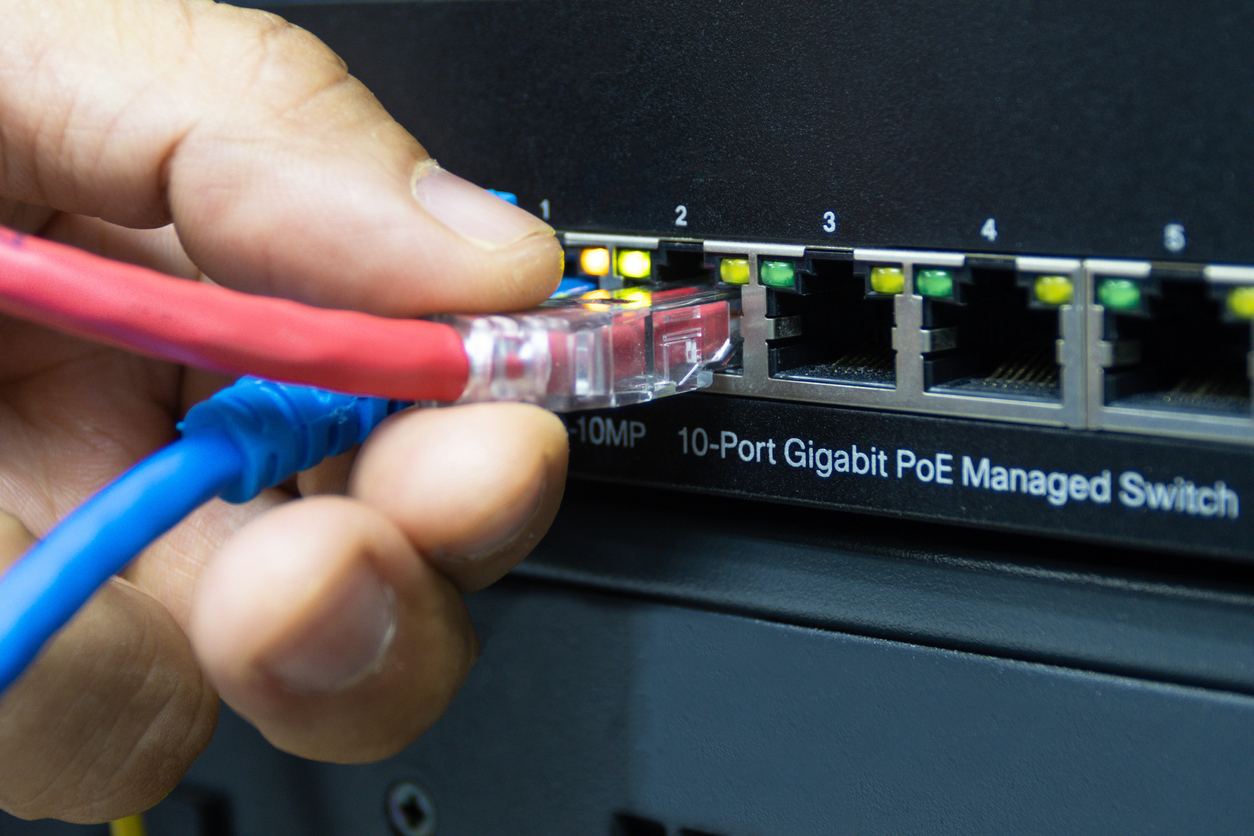Technology has revolutionized the way businesses connect with customers. Today, companies enjoy unprecedented speed and flexibility in communicating and sharing information with their stakeholders.
Considering the pace at which cutting-edge solutions emerge, it can be challenging for organizations to ensure their bandwidth capacity meets the standard required for the company’s ever-changing needs. Businesses leverage multiprotocol label switching (MPLS) to address this dilemma.
Let’s explore the definition of multiprotocol label switching, its features, and how your business can benefit from it.
What Is Multiprotocol Label Switching (MPLS)?
MPLS is a technology utilized to improve the speed and performance of a network. To understand multiprotocol label switching, it helps to review how the standard IP routing works.
 In traditional IP routing, internet routers receive IP packets containing information about their target destination. Each router along a packet’s journey makes an independent forwarding decision based on this information.
In traditional IP routing, internet routers receive IP packets containing information about their target destination. Each router along a packet’s journey makes an independent forwarding decision based on this information.
Every time a packet reaches a new router, the router uses complicated routing tables to figure out where the packet needs to go. Packets can move between several routers before reaching their destination. Unfortunately, this process is slow and resource-intensive, potentially degrading application performance.
MPLS transforms this process. Rather than using network addresses, MPLS utilizes labels to transmit a packet directly to its destination. MPLS assigns labels to every data packet to control its path, drastically improving network speed and performance.
Today, MPLS is one of the most critical solutions in the telecommunications industry.
Why Is MPLS Called Multiprotocol Label Switching?
Let’s break down the terms to understand the definition of multiprotocol label switching further.
In an MPLS network, supporting routers need only see the labels attached to the IP packet to ascertain the destination. As long as the router can identify the MPLS label, it doesn’t matter how the rest of the packet is formatted. Because of this feature, MPLS works with almost all protocols, hence the name “multiprotocol.”
As for label switching, it refers to creating label switch paths (LSPs) by supporting system routers in an MPLS network. These LSPs are predetermined routes that direct traffic within a network.
Label-switching routers support the MPLS process by ensuring data packets are transmitted into their designated routes. They serve as “road signs” for MPLS packets, guiding them to the proper destination. Having predetermined paths results in better data transmission and overall quality of service (QoS).
Why Is MPLS Called Multiprotocol Label Switching?
We now understand the definition of multiprotocol label switching, but how do modern businesses utilize it? The answer varies depending on the nature of the business and how important data transfer is to their network.
The traditional IP routing process can especially degrade the performance of latency-sensitive applications like real-time voice and videos. MPLS can benefit businesses that require additional speed and reliability to run these real-time applications.
For example, if your organization runs an in-house call center, MPLS can ensure the consistency and quality of your communication services for your customers—and reduce their waiting time. Businesses lacking the resources to build their own call center team can greatly benefit from networking technologies via outsourcing.
Businesses that have multiple branch locations can also benefit from MPLS. This networking technology allows different company branches to connect with each other’s network while the company houses its servers in just one location.
As a result, the business can save money on maintaining additional networking equipment.
Benefits of MPLS for Your Business
Let’s explore how your business can leverage this technology. Here are the top benefits of MPLS:
- Improves network speed: Implementing an MPLS network solution improves the flow of your organization’s network traffic. Data packets in MPLS networks are automatically routed because they have labels with predetermined paths. This process results in faster load times and better network performance.
- Increases network reliability: Because data travels faster in multiple network pathways, MPLS networks are far less prone to overloads and crashes.
- Better security: Several industries, such as the healthcare and financial sector, are mandated to implement strict security measures. MPLS networks improve security by labeling sensitive data and controlling how it gets transmitted in your organizational network.
- Simplifies connections: MPLS benefits businesses with multiple premises by allowing them to manage several locations through a single network. This technology enables companies to set a connection between two separate sites to send data packets directly. This is called a Virtual Private LAN Service.
Leverage Cutting-Edge Technologies by Partnering with ROI Call Center Solutions
Learning about the definition of multiprotocol label switching is just the beginning. The real challenge is utilizing today’s network and CX technologies to your advantage. Let ROI Solutions help you with that.
At ROI, we help businesses compete in the evolving marketplace by providing world-class outsourcing solutions. We use cutting-edge technology and processes to keep our systems up-to-date—so your business gets the best solutions. Reach out today to learn how we can help your business succeed.
